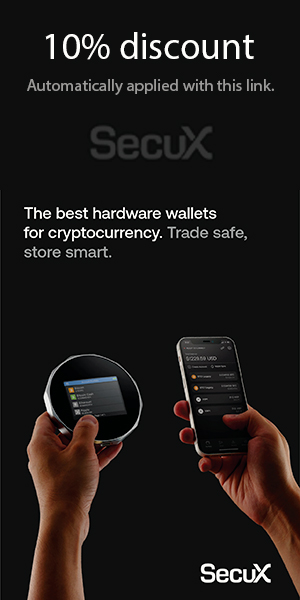Utilizing Data Aggregators for Tracking the Cryptocurrency Market
As a cryptocurrency investor or enthusiast, staying informed about market trends and price movements is crucial for making informed decisions. One way to efficiently track the cryptocurrency market is by using data aggregators. These platforms gather data from various sources and present it in a user-friendly format, allowing users to monitor multiple cryptocurrencies in real-time. In this article, we will explore how to effectively use data aggregators to track the cryptocurrency market.
Choosing the Right Data Aggregator
When selecting a data aggregator, it is essential to consider factors such as the range of cryptocurrencies covered, the accuracy of the data, and the features offered. Some popular data aggregators in the cryptocurrency space include CoinMarketCap, CoinGecko, and CryptoCompare. These platforms provide comprehensive information on prices, market capitalization, trading volume, and historical data for a wide range of cryptocurrencies.
Monitoring Price Movements
One of the primary functions of data aggregators is to track price movements across different exchanges. By monitoring price charts and historical data, users can identify trends and patterns that may influence their trading decisions. For example, if a particular cryptocurrency shows a consistent upward trend in price over time, it may indicate a bullish market sentiment.
Case Study: Bitcoin Price Analysis
Let’s take Bitcoin as an example. By using a data aggregator like CoinMarketCap, investors can track the price of Bitcoin in real-time and analyze its performance over different time frames. This information can help investors make informed decisions about buying or selling Bitcoin based on market trends.
Comparing Market Cap and Trading Volume
In addition to price movements, data aggregators also provide information on market capitalization and trading volume. Market capitalization reflects the total value of a cryptocurrency in circulation, while trading volume indicates the level of activity in the market. By comparing these metrics across different cryptocurrencies, users can assess their relative popularity and liquidity.
Example: Ethereum vs. Ripple
For instance, if we compare Ethereum and Ripple on CoinGecko, we can see that Ethereum has a higher market capitalization and trading volume than Ripple. This information suggests that Ethereum is more widely traded and has a larger market share compared to Ripple.
Setting Alerts and Notifications
Data aggregators often offer features that allow users to set alerts and notifications for specific price levels or market events. By customizing these alerts, users can stay informed about significant developments in the cryptocurrency market without constantly monitoring the platform. This feature is particularly useful for traders who want to react quickly to price fluctuations.
Reference: CoinGecko Alert System
CoinGecko’s alert system allows users to set up notifications for price changes, volume spikes, and new listings. By utilizing this feature effectively, traders can stay ahead of market movements and capitalize on profitable opportunities.
Conclusion
Overall, data aggregators play a vital role in helping cryptocurrency enthusiasts track market trends and make informed investment decisions. By choosing the right platform, monitoring price movements, comparing key metrics, and utilizing alert features effectively, users can stay ahead of the curve in the dynamic world of cryptocurrencies.
Remember to conduct thorough research before making any investment decisions and always stay informed about regulatory developments in the cryptocurrency space.




